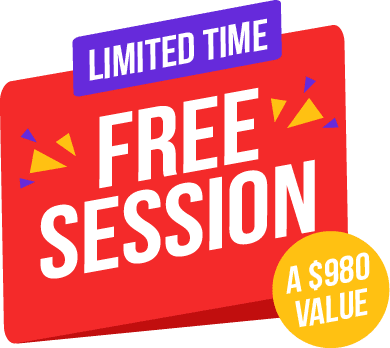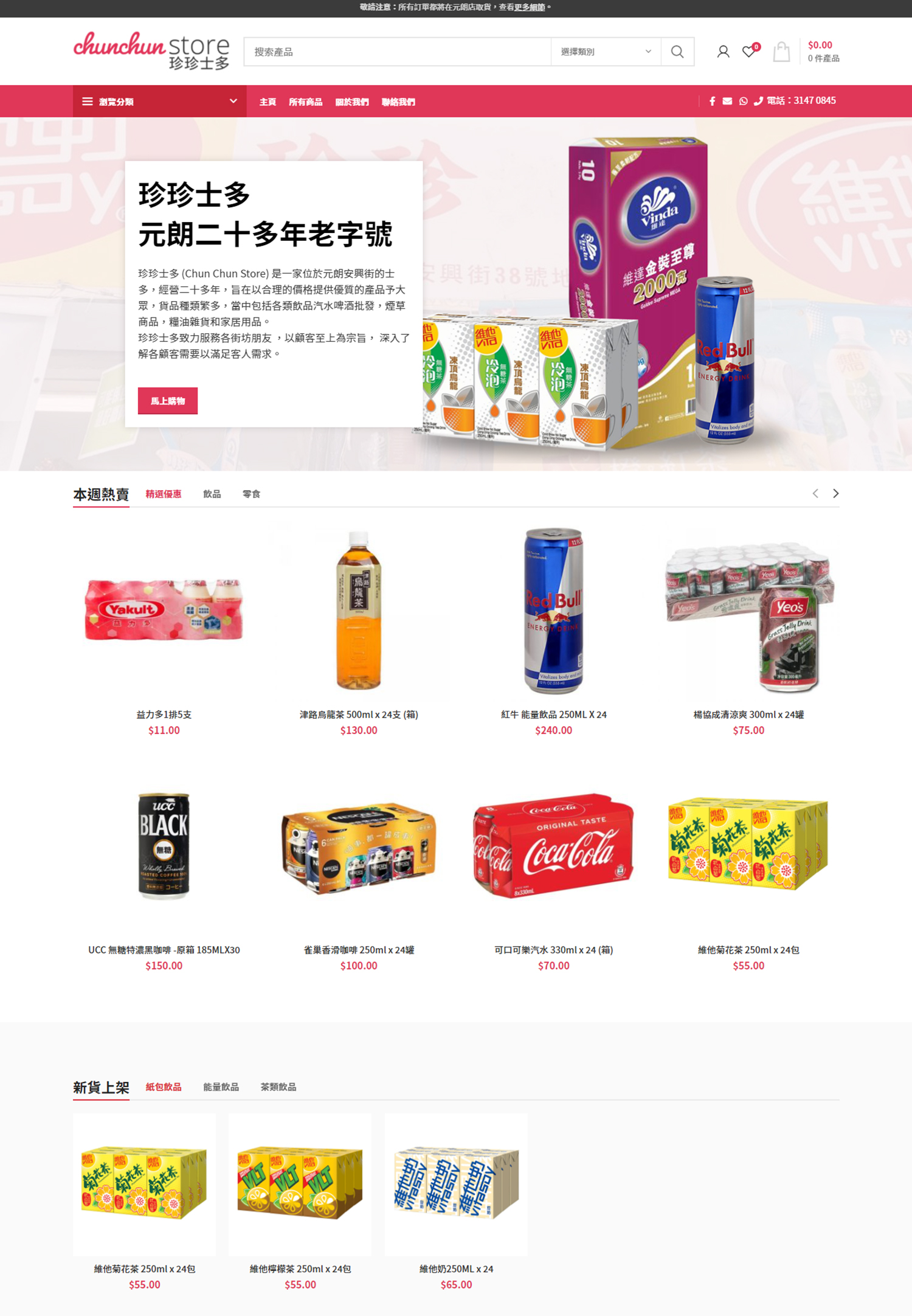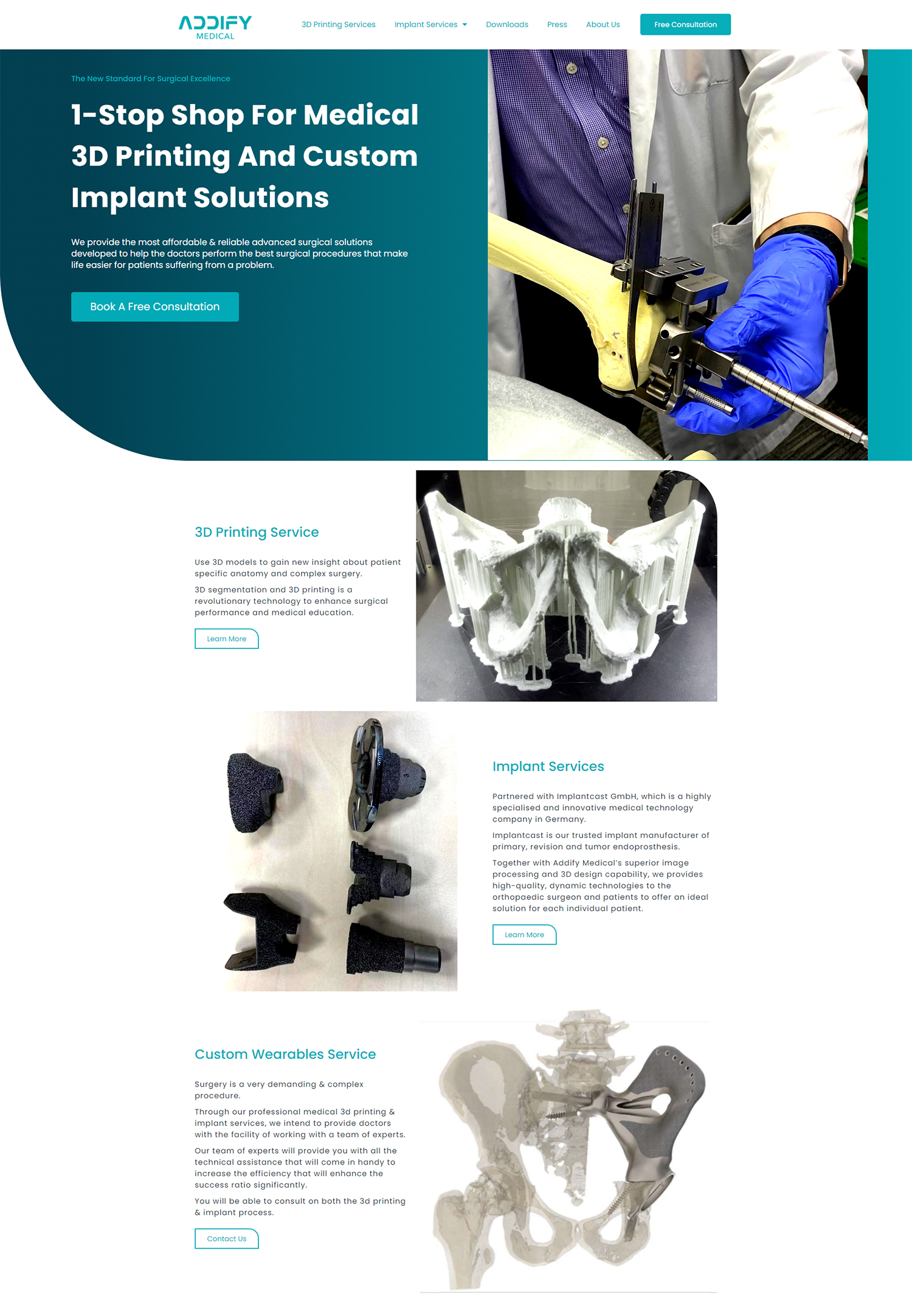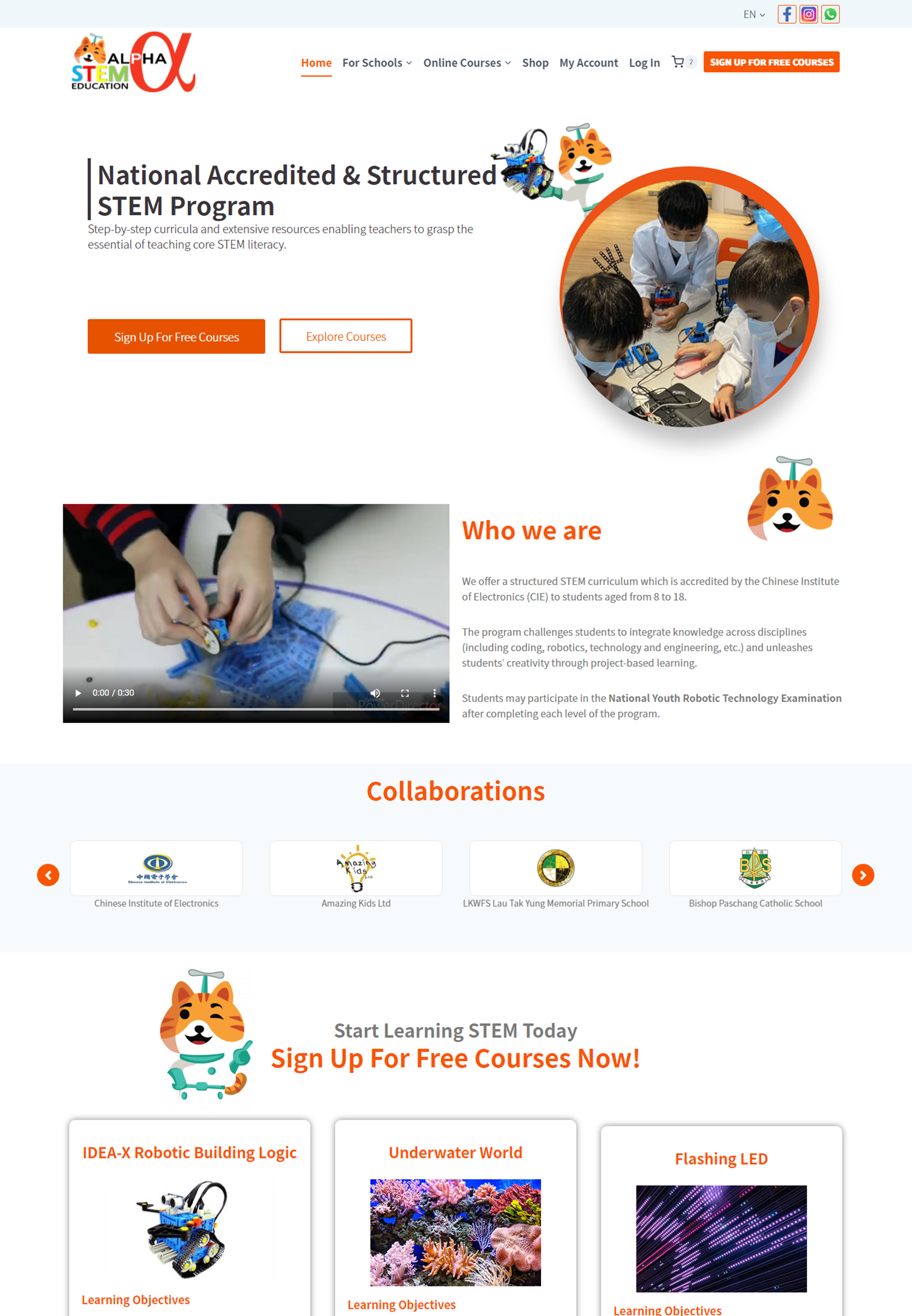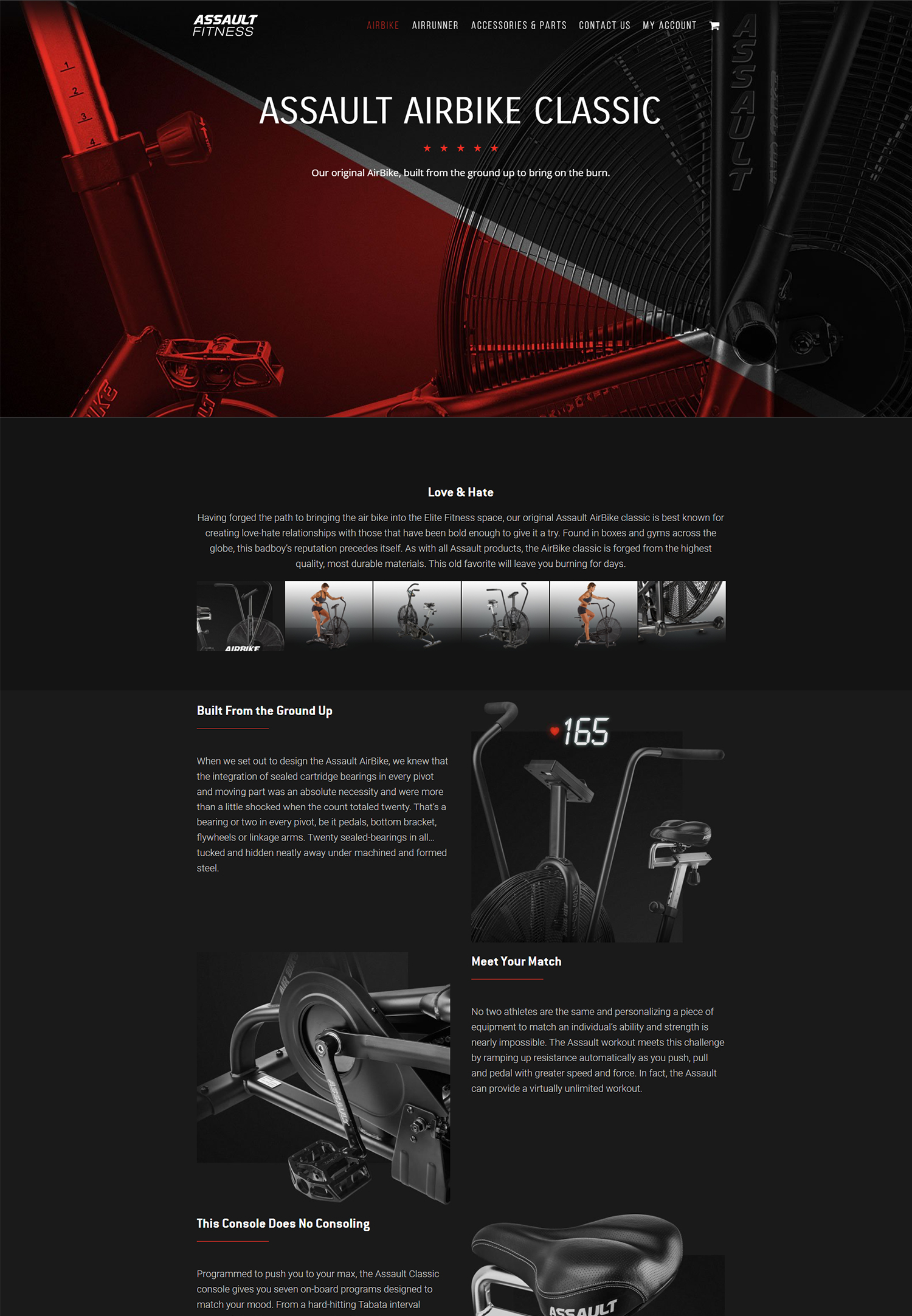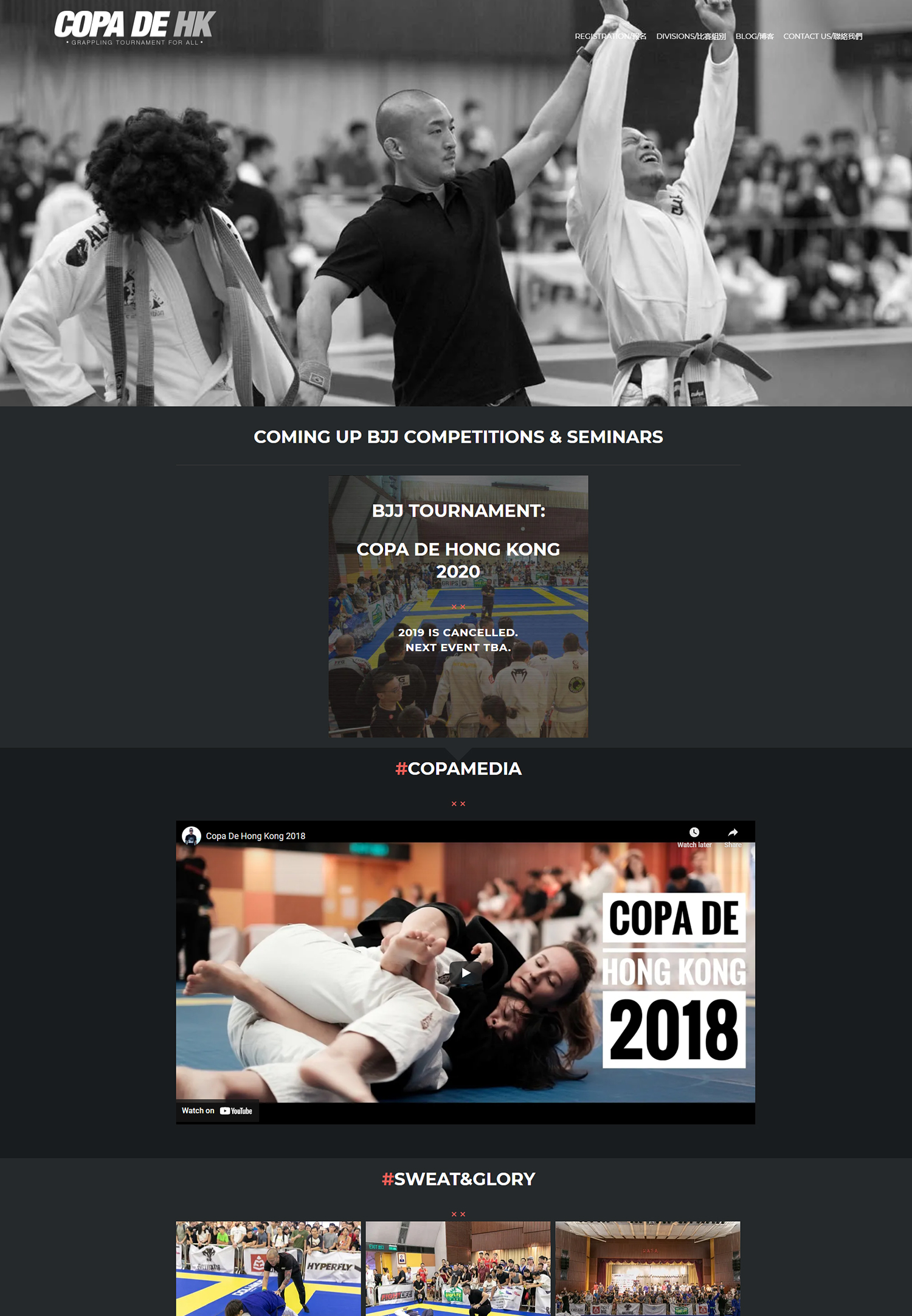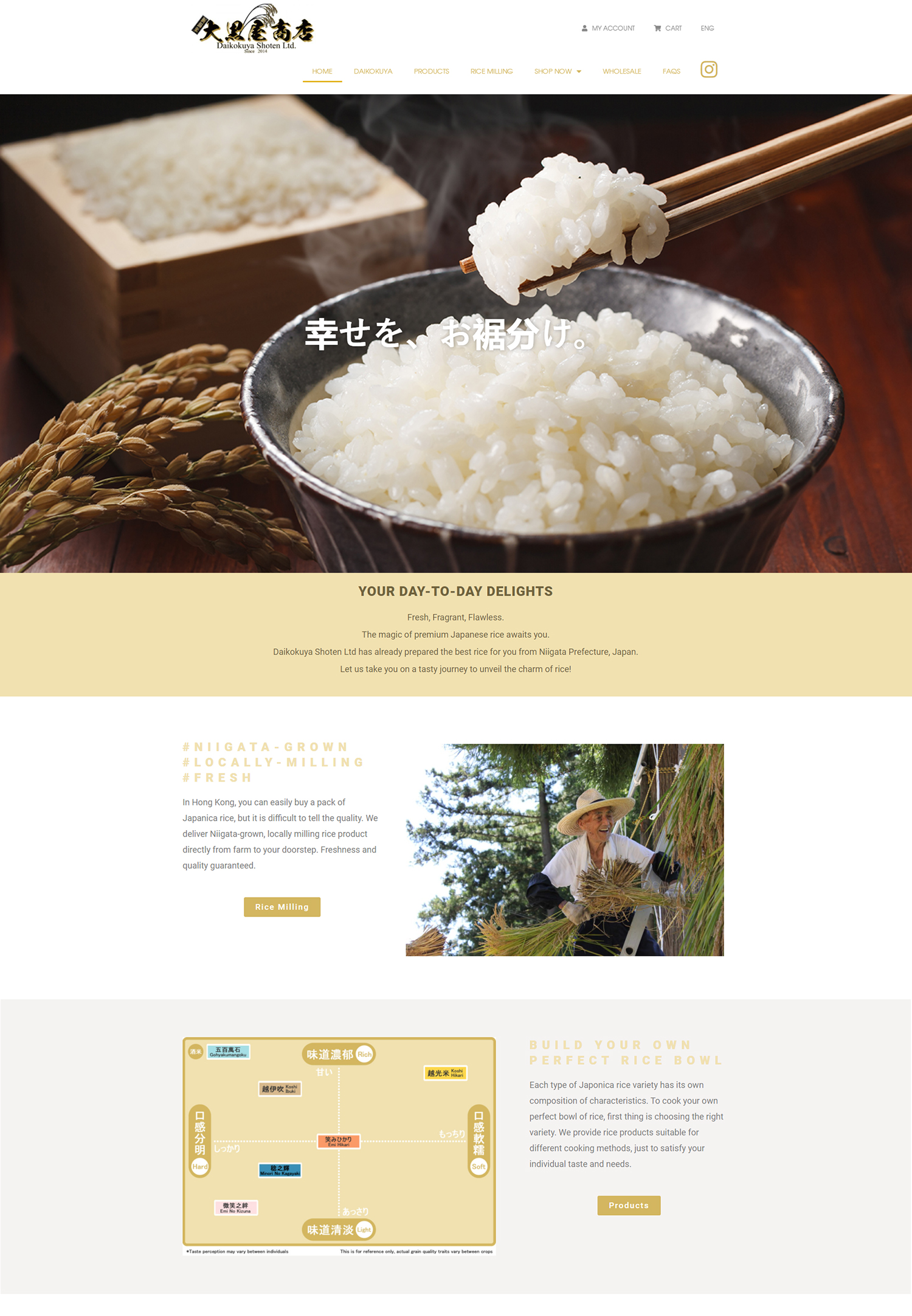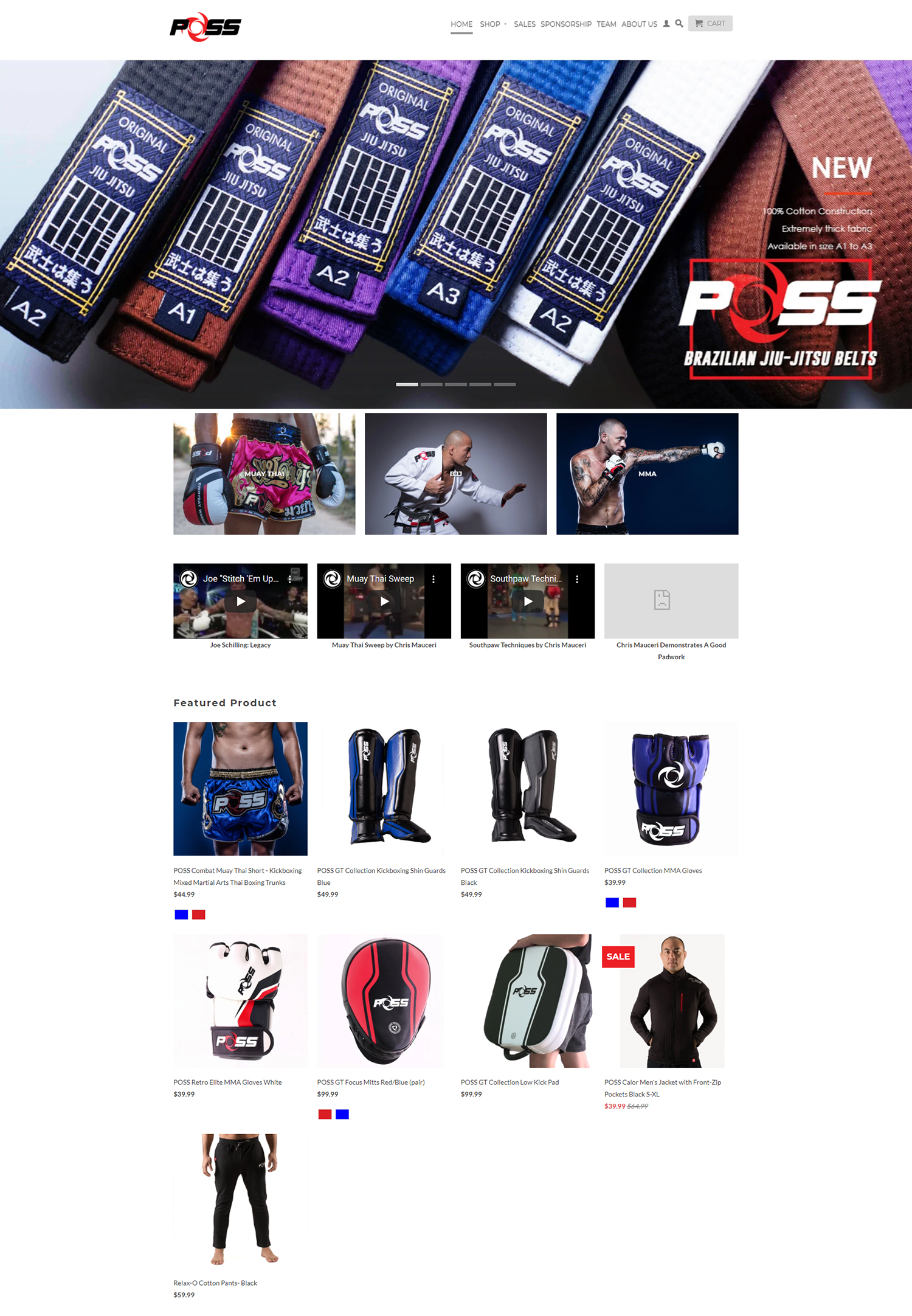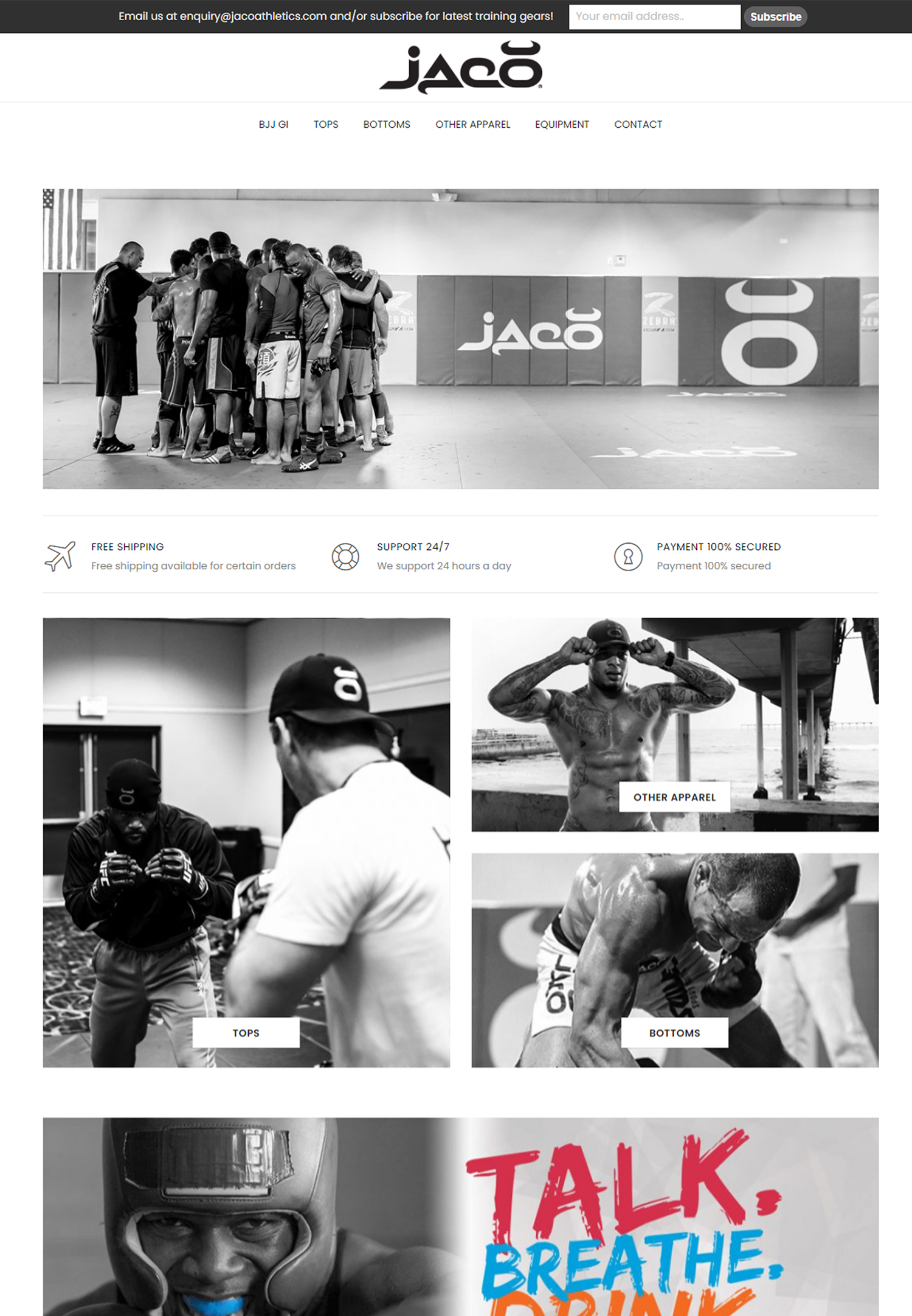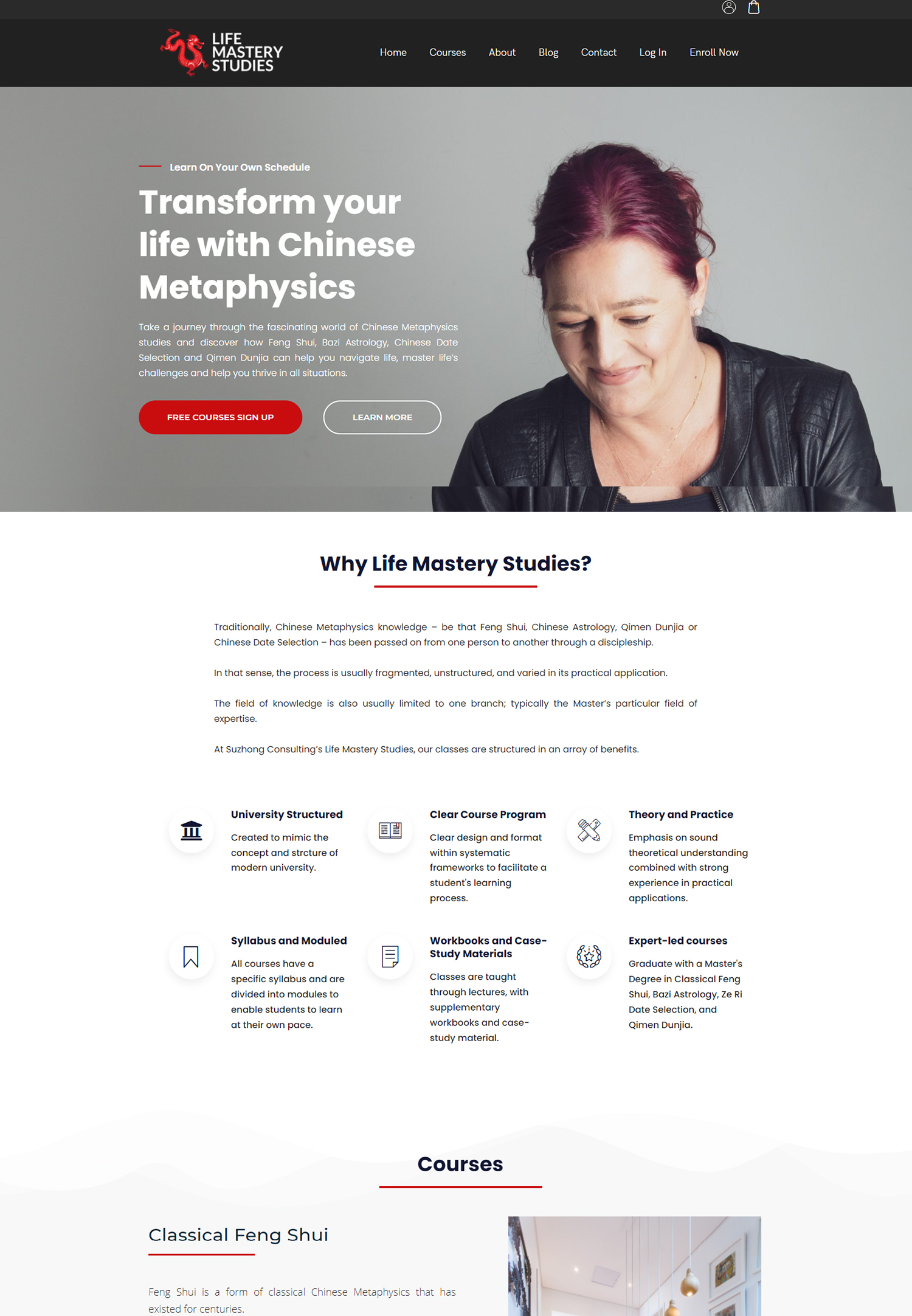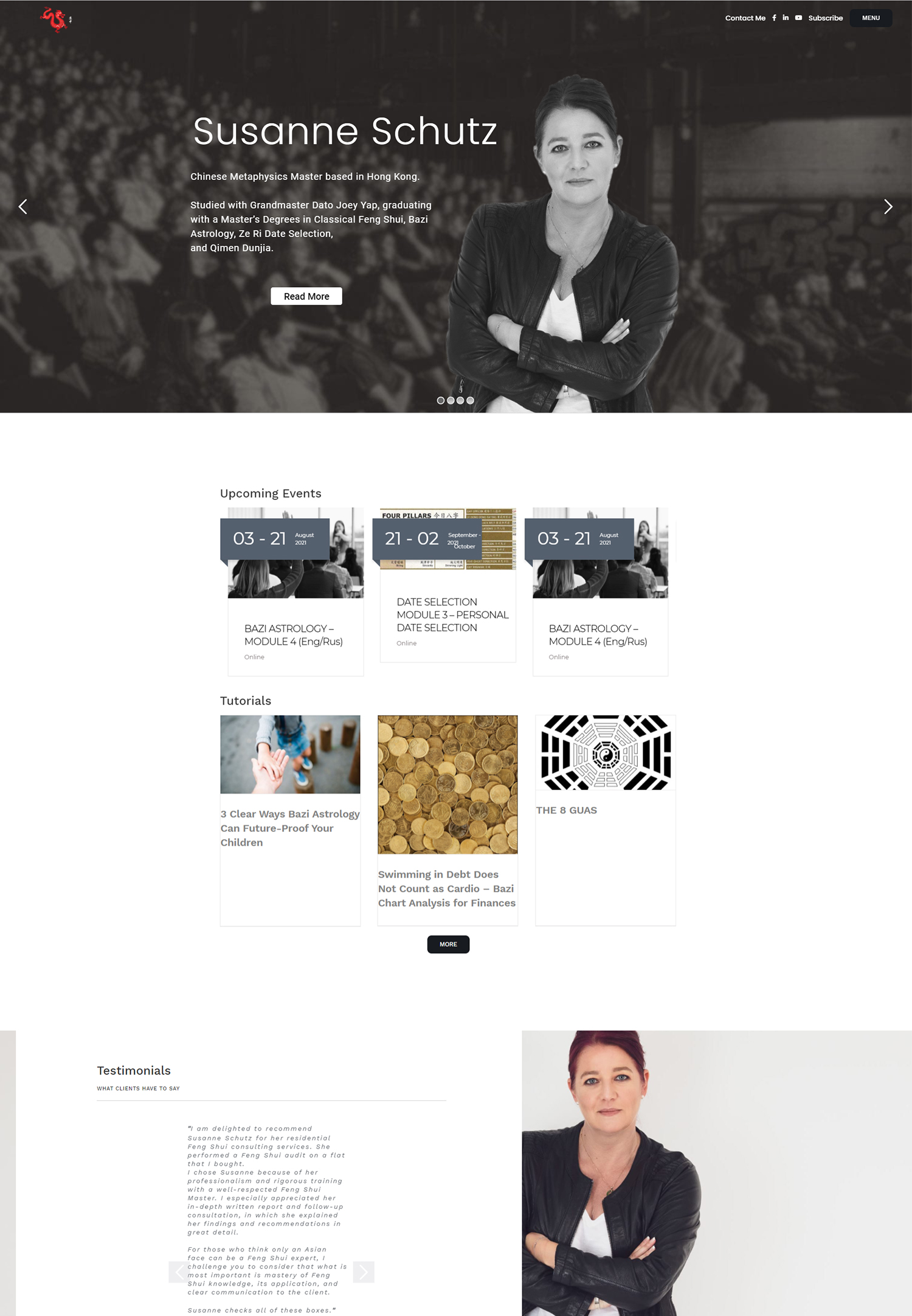In the rapidly evolving digital landscape, the significance of Search Engine Optimization (SEO) for e-learning platforms cannot be overstated. As we navigate through an era where online education is becoming increasingly prevalent, we must recognize that effective SEO strategies are essential for enhancing visibility and attracting learners. With countless e-learning platforms vying for attention, we need to ensure that our content stands out in search engine results.
By optimizing our websites for search engines, we can improve our chances of reaching a broader audience, ultimately leading to increased enrollment and engagement. Moreover, SEO is not just about visibility; it also plays a crucial role in establishing credibility and trust. When potential learners search for courses or educational resources, they often gravitate towards the top results displayed by search engines.
By implementing robust SEO practices, we can position our e-learning platforms as authoritative sources of information. This not only helps in attracting new users but also fosters a sense of reliability among existing learners. As we build our online presence through effective SEO, we create a foundation for long-term success in the competitive e-learning market.
Key Takeaways
- SEO is crucial for e-learning platforms to increase visibility and attract more students
- Conduct thorough keyword research to understand what your target audience is searching for
- Optimize website structure and navigation to improve user experience and make it easier for search engines to crawl
- Create high-quality and relevant content that addresses the needs and interests of your audience
- Utilize on-page SEO techniques such as optimizing meta tags, headings, and internal linking for better search engine visibility
Conducting keyword research for e-learning content
To effectively reach our target audience, conducting thorough keyword research is a fundamental step in our SEO strategy. By identifying the specific terms and phrases that potential learners are using to search for educational content, we can tailor our offerings to meet their needs. This process involves utilizing various tools and techniques to uncover relevant keywords that align with our course topics and target demographics.
We should consider both short-tail and long-tail keywords, as they can provide insights into user intent and help us capture a wider range of search queries. Once we have compiled a list of potential keywords, it is essential to analyze their search volume and competition levels. This analysis allows us to prioritize which keywords to focus on in our content creation efforts.
By selecting keywords that strike a balance between high search volume and manageable competition, we can optimize our chances of ranking well in search engine results. Additionally, we should continuously revisit and update our keyword research to adapt to changing trends and user preferences, ensuring that our e-learning platform remains relevant and discoverable.
Optimizing website structure and navigation for better user experience
A well-structured website is vital for enhancing user experience and improving SEO performance. As we design our e-learning platform, we must prioritize intuitive navigation that allows users to easily find the courses and resources they are looking for. This involves creating a clear hierarchy of information, with categories and subcategories that guide learners through the site seamlessly.
By organizing our content logically, we not only make it easier for users to navigate but also help search engines understand the structure of our website. In addition to a clear hierarchy, we should also focus on optimizing our website’s loading speed and mobile responsiveness. A fast-loading site enhances user satisfaction and reduces bounce rates, which can positively impact our search engine rankings.
Furthermore, with an increasing number of learners accessing online courses via mobile devices, ensuring that our platform is mobile-friendly is crucial. By implementing responsive design principles, we can create a seamless experience for users across all devices, ultimately leading to higher engagement and retention rates.
Creating high-quality and relevant content for e-learning platform
Content is at the heart of any successful e-learning platform, and creating high-quality, relevant material is essential for attracting and retaining learners. We should focus on developing engaging course materials that not only provide valuable information but also resonate with our target audience. This involves understanding their needs, preferences, and learning styles, allowing us to tailor our content accordingly.
By incorporating multimedia elements such as videos, infographics, and interactive quizzes, we can enhance the learning experience and keep users engaged. Moreover, regularly updating our content is crucial for maintaining its relevance and effectiveness. As industries evolve and new information emerges, we must ensure that our courses reflect the latest trends and developments.
This not only helps us stay competitive but also signals to search engines that our content is fresh and valuable. By consistently delivering high-quality content that meets the needs of our learners, we can establish ourselves as a trusted source of information in the e-learning space.
Utilizing on-page SEO techniques for e-learning websites
On-page SEO techniques are essential for optimizing individual pages on our e-learning platform to improve their visibility in search engine results. One of the key aspects of on-page SEO is the strategic use of keywords throughout our content. We should incorporate relevant keywords in key areas such as titles, headings, meta descriptions, and image alt tags.
This not only helps search engines understand the context of our content but also improves the likelihood of attracting clicks from users searching for those terms. In addition to keyword optimization, we should also focus on enhancing the overall user experience on each page. This includes ensuring that our content is well-structured with clear headings and subheadings, making it easy for users to skim through information.
We should also pay attention to internal linking, guiding users to related courses or resources within our platform. By creating a cohesive web of interconnected content, we can keep learners engaged while also signaling to search engines that our site is rich in valuable information.
Implementing off-page SEO strategies to increase website authority
While on-page SEO focuses on optimizing individual pages, off-page SEO strategies are equally important for building the overall authority of our e-learning platform. One effective approach is to engage in link-building efforts by acquiring backlinks from reputable websites within the education sector. These backlinks serve as endorsements of our content, signaling to search engines that we are a credible source of information.
We can achieve this by collaborating with industry influencers, guest posting on relevant blogs, or participating in educational forums. Additionally, we should actively engage with online communities related to e-learning and education. By sharing our expertise and insights on platforms such as forums or social media groups, we can establish ourselves as thought leaders in the field.
This not only helps in building relationships with potential learners but also increases the likelihood of earning backlinks from other reputable sources. As we implement these off-page SEO strategies, we enhance our platform’s authority and visibility in search engine results.
Leveraging social media and email marketing for SEO purposes
In today’s digital landscape, social media and email marketing play pivotal roles in driving traffic to our e-learning platform while also supporting our SEO efforts. By maintaining an active presence on social media platforms such as Facebook, Twitter, LinkedIn, and Instagram, we can engage with potential learners and promote our courses effectively. Sharing valuable content related to education and learning not only helps us connect with our audience but also encourages them to share our posts, increasing our reach and visibility.
Email marketing is another powerful tool that can complement our SEO strategy. By building an email list of interested learners, we can send targeted newsletters featuring updates about new courses, blog posts, or educational resources. This not only keeps our audience informed but also drives traffic back to our website when they click on links within the emails.
Additionally, by encouraging recipients to share our emails with their networks, we can further expand our reach and enhance brand awareness.
Monitoring and analyzing SEO performance for continuous improvement
To ensure the effectiveness of our SEO strategies for the e-learning platform, it is crucial that we continuously monitor and analyze our performance metrics. Utilizing tools such as Google Analytics allows us to track key indicators such as organic traffic, bounce rates, conversion rates, and keyword rankings. By regularly reviewing these metrics, we can identify areas where improvements are needed and adjust our strategies accordingly.
Furthermore, conducting regular audits of our website’s SEO performance helps us stay ahead of any potential issues that may arise over time. This includes checking for broken links, optimizing page load speeds, and ensuring that all content remains relevant and up-to-date. By fostering a culture of continuous improvement within our team, we can adapt to changing trends in the e-learning landscape while maximizing the effectiveness of our SEO efforts.
In conclusion, implementing effective SEO strategies is essential for the success of e-learning platforms in today’s competitive digital environment. By understanding the importance of SEO, conducting thorough keyword research, optimizing website structure and navigation, creating high-quality content, utilizing on-page and off-page techniques, leveraging social media and email marketing, and continuously monitoring performance metrics, we can enhance visibility and attract more learners to our platform. As we embrace these practices collectively, we position ourselves for long-term growth and success in the ever-evolving world of online education.





